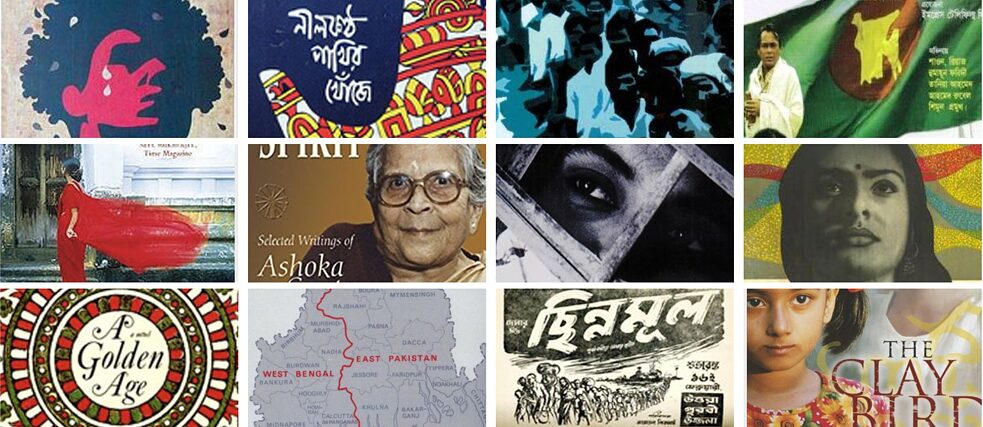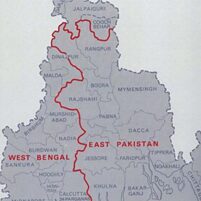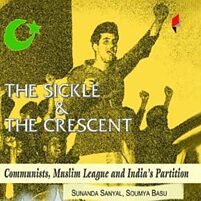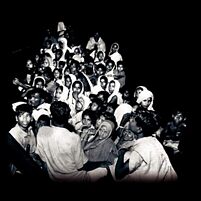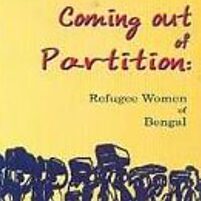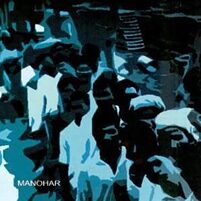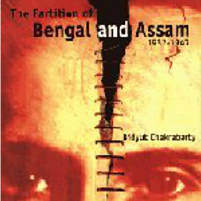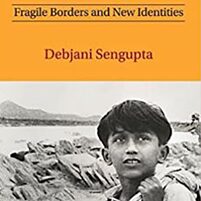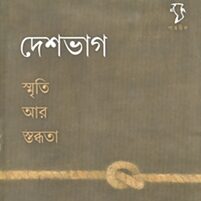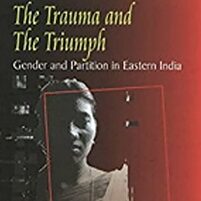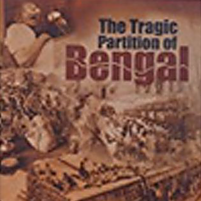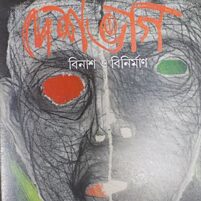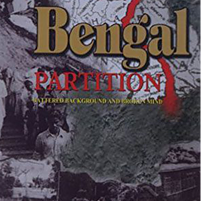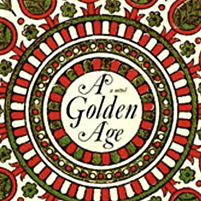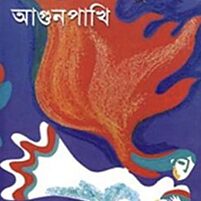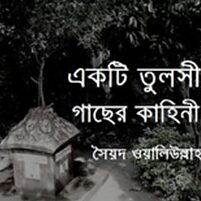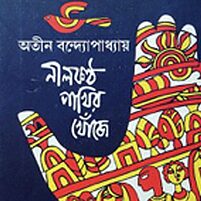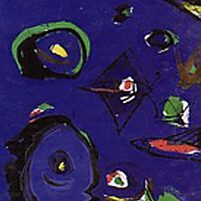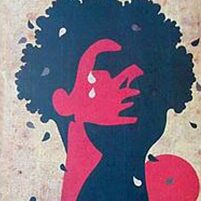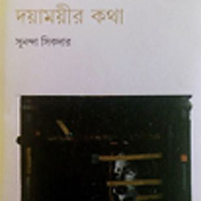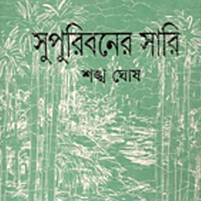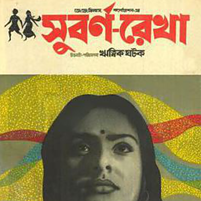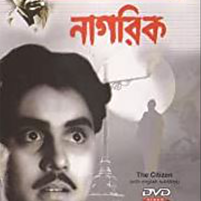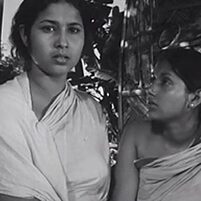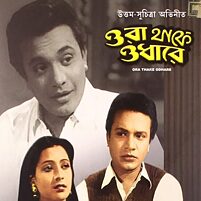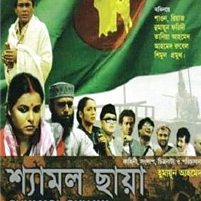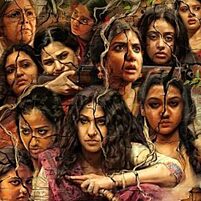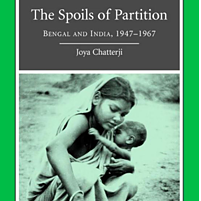 © Cambridge University Press
© Cambridge University Press
The Spoils of Partition: Bengal and India, 1947-67
Joya Chatterji
This remarkable book by an acknowledged expert on the subject assesses the social, economic and political consequences of partition. Using new and previously unexplored sources, the book shows how and why the borders were redrawn, how the creation of new nation states led to unprecedented upheavals, massive shifts in population and wholly unexpected transformations of the political landscape in both Bengal and India.
Cambridge: Cambridge University Press, 2011
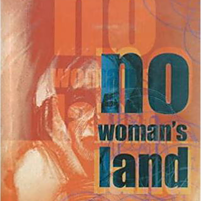 © Women Unlimited
© Women Unlimited
No Woman's Land: Women from Pakistan, India and Bangladesh Write on the Partition of India
Ritu Menon
Features Ismat Chughati, Sara Suleri, Anis Kidwai, Phulrenu Guha, Meghna Guhathakurta, Shehla Shibli, Manikuntala Sen, Kamlaben Patel and others, speaking and writing about communalism and literature, what they learnt from refugees and what Partition means to them more than 50 years later.
New Delhi: Women Unlimited, 2004
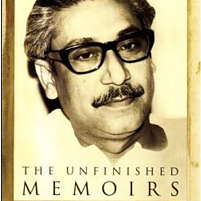 © UPL
© UPL
The Unfinished Memoirs
Sheikh Mujibur Rahman
When Sheikh Mujibur Rahmans diaries came to light in 2004, it was an indisputably historic event. Written during Sheikh Mujibur Rahmans sojourns in jail as a state prisoner between 1967 and 1969, they begin with his recollections of his days as a student activist in the run-up to the movement for Pakistan in the early 1940s. They cover the Bengali language movement, the first stirrings of the movement for Bangladesh’s independence and self-rule, and powerfully convey the great uncertainties as well as the great hopes that dominated the time.
Dhaka: UPL, 2012
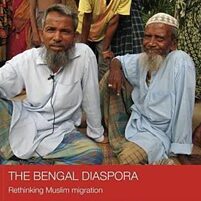 © Routledge
© Routledge
The Bengal Diaspora: Rethinking Muslim migration
Claire Alexander, Joya Chatterji, Annu Jalais
Using a creative interdisciplinary approach combining historical, sociological and anthropological approaches to migration and diaspora, this book explores the experiences of Bengali Muslim migrants through this period of upheaval and transformation. It draws on over 200 interviews conducted in Britain, India, and Bangladesh, tracing migration and settlement within, and from, the Bengal delta region in the period after 1947. Focusing on migration and diaspora ‘from below’, it teases out fascinating ‘hidden’ migrant stories, including those of women, refugees, and displaced people.
Routledge, 2015
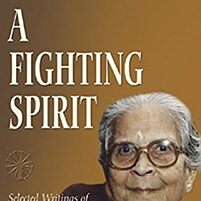 © Niyogi Books
© Niyogi Books
A Fighting Spirit: Selected Writings of Ashoka Gupta
Narayani Gupta
Suitable for scholars of history, sociology and women's studies, for those working on Mahatma Gandhi, on communitarian relations, particularly the All-India Women's Conference, this title conveys the ethos of the times — the terrible 1940s through war, famine, riots, and Partition-situations, when actions spoke more strongly than words.
New Delhi: Niyogi Books, 2013
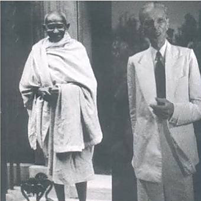 © Indiana University: Reference Press
© Indiana University: Reference Press
Partition of Bengal and After. The Great Tragedy of India
Kali Prasad Mukhopadhyay
This book is a comprehensive history of the Partition and its impact in the life and property of the minorities, especially in East Pakistan, now Bangladesh. ‘Partition, Bengal and After’ examines the horrific atrocities committed against innocent unarmed persons. The book offers eyewitness accounts of the genocide, pangs, and pathos of the minorities, which is still continuing in Bangladesh.
Indiana University: Reference Press, 2007
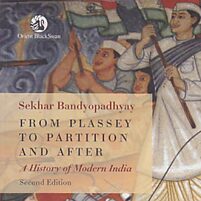 © Orient Blackswan
© Orient Blackswan
From Plassey to Partition and After: A History of Modern India
Sekhar Bandopadhyay
More than a survey, and much more than a thematically arranged narrative, this book is an eminently readable account of the emergence of India as a nation. It maps a wide and often complicated terrain of historical happenings, their main players in groups and as individuals, and contexts that enable us to see the formation of a nation through documents of resistance and struggle, assimilation and rejection.
New Delhi: Orient Blackswan, 2014
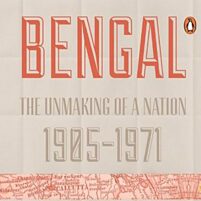 © Penguin Books
© Penguin Books
Bengal Divided: The Unmaking of a Nation (1905-1971)
Nitish K. Sengupta
In 1905, all of Bengal rose in uproar because the British had partitioned the state. Yet in 1947, the same people insisted on a partition along communal lines. Why did this happen? Nitish Sengupta peels of the layers of events in this pivotal period in Bengal's history, casting new light on the roles of figures such as Chittaranjan Das, Subhas Chandra Bose, Nazrul Islam, Fazlul Haq, H.S. Suhrawardy and Shyama Prasad Mukherjee.
Penguin Books, 2012
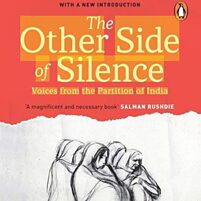 © Penguin India
© Penguin India
The Other Side of Silence: Voices from the Partition of India.
Urvashi Butalia
Through interviews conducted over a ten-year period and an examination of diaries, letters, memoirs, and parliamentary documents, Butalia asks how people on the margins of history—children, women, ordinary people, the lower castes, the untouchables—have been affected by this upheaval. To understand how and why certain events become shrouded in silence, she traces facets of her own poignant and partition-scarred family history before investigating the stories of other people and their experiences of the effects of this violent disruption.
Penguin India, Delhi, 1998.
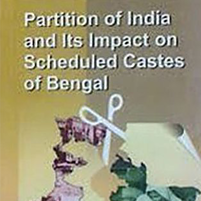 © Abhijeet Publications
© Abhijeet Publications
Partition of India and its Impact on the Scheduled Castes of Bengal
Rupkumar Barman
Studies on partition of India in 1947 and its effects like migration of refugees and their rehabilitation, post-independent nation building processes in India, Pakistan and Bangladesh and other issues related to the partition are increasing day by day. Although in the recent years some scholars have paid attention to the plights of the Scheduled Caste refugees, many aspects of the impact of partition on the Scheduled Castes are yet to be properly reconstructed. In this paper an attempt has been made to review the historical studies on the partition of India especially on the partition of Bengal in 1947; in this study the location of the East Bengali Scheduled Caste refugees in the historiography of the partition of Bengal are also highlighted.
Abhijeet Publications, New Delhi, 2012
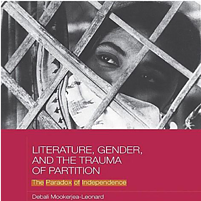 © Routledge Research on Gender in Asia Series
© Routledge Research on Gender in Asia Series
Literature, Gender, and the Trauma of Partition: The Paradox of Independence
Debali Mookerjea-Leonard
Partition occurring simultaneously with British decolonization of the Indian subcontinent led to the formation of independent India and Pakistan. While the political and communal aspects of the Partition have received some attention, its enormous personal and psychological costs have been mostly glossed over, particularly when it comes to the splitting of Bengal. The memory of this historical ordeal has been preserved in literary archives, and these archives are still being excavated.
This book examines neglected narratives of the Partition of India in 1947 to study the traces left by this foundational trauma on the national- and regional-cultural imaginaries in India, Pakistan, and Bangladesh. To arrive at a more complex understanding of how Partition experiences of violence, migration, and displacement shaped postcolonial societies and subjectivities in South Asia, the author analyses, through novels and short stories, multiple cartographies of disorientation and anxiety in the post-Partition period. The book illuminates how contingencies of political geography cut across personal and collective histories, and how these intersections are variously marked and mediated by literature. Examining works composed in Bengali and other South Asian languages, this book seeks to broaden and complicate existing conceptions of what constitutes the Partition literary archive. A valuable addition to the growing field of Partition studies, this book will be of interest to scholars of South Asian history, gender studies, and literature. (English)
Routledge Research on Gender in Asia Series - 1st Edition 2017
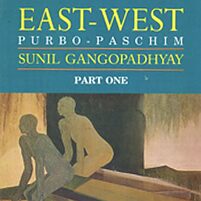 © Sahitya Akademy
© Sahitya Akademy
East-West (Purbo-Paschim) Part One
Sunil Gangopadhyay
This novel is a record of the tumultuous times in East Pakistan as well as in Indian Bengal. But their problems were vastly different. The story, revolving around two college friends, both Bengali, though one Hindu and the other Muslim, soon takes into its expanding orbit other characters, families, issues. The two friends drift apart, separated by the political division. Under the deceptively simple surface are hidden deeper and more complex human issues.
New Delhi: Sahitya Akademi, 2000
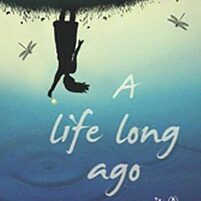 © Penguin Books
© Penguin Books
A Life Long Ago
Sunanda Sikdar
Anchita Ghatak
A stirring memoir that opens the floodgates of one woman’s memories of a land, and a life, previously forgotten. In the 1950s, ten-year-old Dayamoyee watches with bewilderment and curiosity as her whole world changes before her eyes. The people she knows and loves start to pack their belongings and move away. India has been partitioned, and her village of Dighpait has now become part of a new country, (East) Pakistan.
New Delhi: Penguin Books, 2012
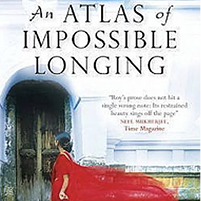 © New York: Free Press
© New York: Free Press
An Atlas of Impossible Longing
Anuradha Roy
On the outskirts of a small town in Bengal, a family lives in solitude in their vast new house. Here, lives intertwine and unravel. A widower struggles with his love for an unmarried cousin. Bakul, a motherless daughter, runs wild with Mukunda, an orphan of unknown caste adopted by the family. Confined in a room at the top of the house, a matriarch goes slowly mad; her husband searches for its cause as he shapes and reshapes his garden. As Mukunda and Bakul grow, their intense closeness matures into something else, and Mukunda is banished to Calcutta. He prospers in the turbulent years after Partition, but his thoughts stay with his home, with Bakul, with all that he has lost—and he knows that he must return.
New York: Free Press, 2011
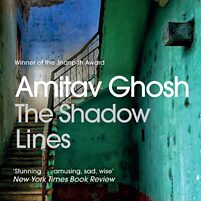 © Penguin Books
© Penguin Books
The Shadow Lines
Amitav Ghosh
Opening in Calcutta in the 1960s, Amitav Ghosh's radiant second novel follows two families—one English, one Bengali—as their lives intertwine in tragic and comic ways. The narrator, Indian born and English educated, traces events back and forth in time, from the outbreak of World War II to the late twentieth century, through years of Bengali partition and violence, observing the ways in which political events invade private lives.
Boston: Mariner Books, 2005 (first published: Ravi Dayal Publisher, Delhi, 1988)
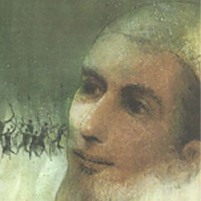 © Gangchil
© Gangchil
Sat Ashman (Seven Heavens)
Shamim Ahmed
The protagonist, German, has decided to travel to Murshidabad. His reasons are twofold: There is a famous mazar in Murshidabad where he hopes to be cured of his dream-sickness. He also knows Murshidabad will become part of Pakistan.
When the state of Pakistan is born, Murshidabad becomes a part of the new country. But in three days, following Radcliffe line recommendations, the district is returned to India.
Kolkata: Gangchil, 2012
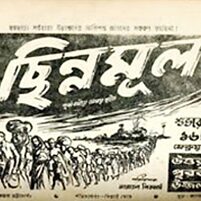 © Nemai Ghosh
© Nemai Ghosh
In Search of the Root
A film by Nemai Ghosh/Black and white/117 mins./1950/Bengali
(The Uprooted) was a 1950 Bengali film directed by Nemai Ghosh.This was the first Indian film that dealt with the partition of India. The story revolved around a group of farmers from East Pakistan (now Bangladesh) who were forced to migrate to Calcutta because of the partition of Bengal in 1947. Russian film director Vsevolod Pudovkin came to Kolkata at that time, watched this film, and being inspired, he bought the print of this film to release in Russia. The film was shown in 188 theaters in Russia.
The film is based on a story of Swarnakamal Bhattacharya. Depicting the physical pain and crisis, the film is about the partition of Bengal and the flow of refugees from East Pakistan (present Bangladesh) into India. The story of the film begins in a village of East Bengal where people (Hindus and Muslims) leave peacefully. Govinda and Sumati are husband and wife and they are about to have a child. But the partition forces Hindu people to leave their ancestral village. So, they become refugees. They don't find any location or shelter in Calcutta and eke out their daily lives in temporary shelters in and around Sealdah railway station. Along with millions of refugees, the family has to face untold misery in the big city.
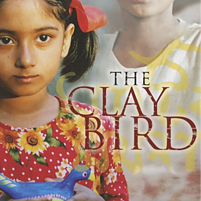 © Cathrine Masud
© Cathrine Masud
Matir Moina
A film by Tareque Masud/Colour/95 mins./2002/Bengali
Matir Moina (The Clay Bird) is a Bengali film directed by Tareque Masud, a Bangladeshi film director. The film was released in 2002. It was awarded the FIPRESCI Prize in section Directors' Fortnight outside competition at the 2002 Cannes Film Festival, and became Bangladesh's first film to compete for the Academy Award for Best Foreign Language Film.
Matir Moina deals with Masud's own experiences studying at a madrasah against the increasing tensions in East Pakistan culminating in the Bangladesh War of Liberation. Throughout the film there are references to historical occurrences in agitated times, and the film portrays these episodes through the human experiences of the young protagonist, his family, and his teachers and peers at the madrasah. Matir Moina won a number of awards internationally but was initially banned in Bangladesh on the grounds that it dealt with issues sensitive to the religious. The ban was repealed and the DVD version was released on April 16, 2005.
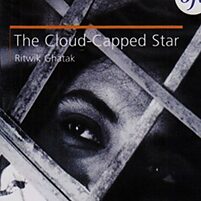 © Chitrakalpa
© Chitrakalpa
Meghe Dhaka Tara (The Cloud-Capped Star)
A film by Ritwik Ghatak/Black and white/1960/126 mins./Bengali
Meghe Dhaka Tara (The Cloud-Capped Star) is a 1960 film written and directed by Ritwik Ghatak, based on a social novel by Shaktipada Rajguru with the same title. It stars Supriya Choudhury, Anil Chatterjee, Gita Dey, Bijan Bhattacharya, Niranjan Roy, and Gyanesh Mukherjee. It was part of a trilogy consisting of Meghe Dhaka Tara (1960), Komal Gandhar (1961), and Subarnarekha (1962), all dealing with the aftermath of the Partition of Bengal during the Partition of India in 1947 and the refugees coping with it. The film revolves around Neeta (played by Supriya Choudhury), a beautiful young girl who lives with her family, refugees from East Pakistan, in the suburbs of Calcutta. Neeta is a self-sacrificing person who is constantly exploited by everyone around her, even her own family, who take her goodness for granted. Her elder brother (played by Anil Chatterjee) does not care for the family as he wants to be a singer, so she needs to take the burden. Her life is ridden with personal tragedy: she loses first her fiancé, then her job and finally her health by contracting tuberculosis. Her mostly absent would-be singer brother is the only person who cares about her in the end. At the end of the film, she screams out her agony, throwing herself into her brother's arms. She utters her last words: "Brother, I want to survive."
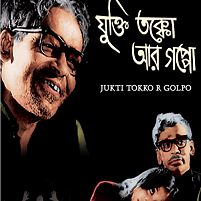 © Ritwik Ghatak
© Ritwik Ghatak
Jukti Takka Goppo
A film by Ritwik Ghatak/Black and white/120mins./1977/Bengali
In this film Ghatak plays the role of Nilkantha Bagchi, an alcoholic, disillusioned broken intellectual, in the character's own words "a humbug". His wife leaves him because of his insufferable alcoholism. After losing his wife and being forced from his home, he wanders through the countryside and meets unusual folks along the way. Nilkantha meets Bongobala, who was driven away from Bangladesh and does not have any shelter in Kolkata; he gives her shelter. He meets Jagannath Bhattacharjee, a village school teacher of Sanskrit. Jagannath's school was closed after political killings and he came to Kolkata in search of a job. Nilkantha meets Naxalites whom he describes as the "frame of Bengal", but misguided, successful and unsuccessful at the same time. The film, adventurous and revolutionary, is an exceptional mix of images that challenge the limits of narrative storytelling.
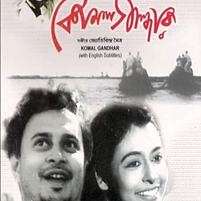 © Ritwik Ghatak
© Ritwik Ghatak
Komol Gandhar
A film by Ritwik Ghatak/Black and white/134mins./1961/Bengali
It was part of the trilogy, Meghe Dhaka Tara (1960), Komal Gandhar, and Subarnarekha (1962), all dealing with the aftermath of the Partition of India in 1947 and the refugees coping with it, though this was the most optimistic film of his oeuvre. The film explores three themes juxtaposed in the narrative: the dilemma of Anusuya, the lead character, the divided leadership of IPTA, and the fallout from the partition of India.
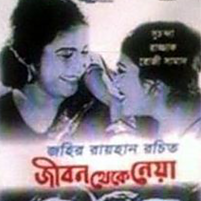 © Zahir Raihan
© Zahir Raihan
Jibon Theke Neoya
A film by Zahir Raihan/Black and white/114mins./1970/Bengali
The film is a political satire based on the Bengali Language Movement under the rule of Pakistan metaphorically, where an autocratic woman in one family symbolizes the political dictatorship of Ayub Khan in East Pakistan, and stars Shaukat Akbar, Anwar Hossain, Khan Ataur Rahman and Rosy Samad. ‘Jeebon Theke Neya’ has been described as an example of "national cinema", using discrete local traditions to build a representation of the Bangladeshi national identity.
This is to confirm that the English translations of titles of the books in Bengali are not literal translations of the title. The translated titles are done to provide our website visitors a sense of the title reflecting the content of the book. This is in no way an infringement of any applicable copyright regulations of the Bengali titles used by either the authors or the publishers.
